Set to the music of Buddy Holly, “Re-Record, Not Fade Away” was the iconic strapline voiced by veteran British actor Deryck Guyler as a jolly skeleton to advertise Scotch video cassettes in 1987. The premise was that these tapes were of such resilient high quality that they could be used for a lifetime and even outlive the purchaser.
But “Re-Record, Not Fade Away” could also be seen as a reference to the longevity of music through cover versions of classic songs. So what about when an artist effectively covers their own song by re-recording it?
Artists and producers are forever tinkering with their work. Sometimes it is to improve on a track or create a new vision. But also, it can be done simply to own a new copyright where the original is now in the hands of a less than co-operative custodian; the most recent high profile case of this has been Taylor Swift who has been re-recording all of her previous albums with each labelled as “Taylor’s Version”.
ELECTRICITYCLUB.CO.UK presents its own list of 25 remakes and remodels from over the years. Most are more familiar than the originals and have been widely accepted as the superior versions while others continue to divide fans.
Presented in yearly and then alphabetical order with a restriction of one track per artist moniker, this listing does not include remixes, live recordings or radio sessions. Meanwhile originals refer to the first released versions so demos do not count!
ULTRAVOX! Hiroshima Mon Amour (1977)
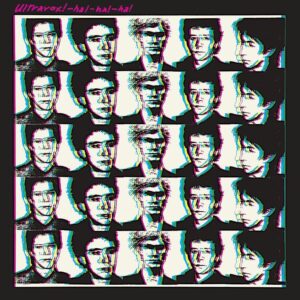 ULTRAVOX! first released ‘Hiroshima Mon Amour’ as a fierce and frenetic art rock piece for the B-side of ‘ROckwrok’, but it was slowed right down for the ‘Ha! Ha! Ha!’ album version. Moving into the moody ambience of CLUSTER with a modified Roland TR77 rhythm machine and Elka Rhapsody string machine chillingly taking centre stage, the colder aesthetics were counterpointed by guest saxophonist CC from GLORIA MUNDI.
ULTRAVOX! first released ‘Hiroshima Mon Amour’ as a fierce and frenetic art rock piece for the B-side of ‘ROckwrok’, but it was slowed right down for the ‘Ha! Ha! Ha!’ album version. Moving into the moody ambience of CLUSTER with a modified Roland TR77 rhythm machine and Elka Rhapsody string machine chillingly taking centre stage, the colder aesthetics were counterpointed by guest saxophonist CC from GLORIA MUNDI.
Available on the ULTRAVOX! album ‘Ha! Ha! Ha!’ via Island Records
JOHN FOXX No-One Driving (1980)
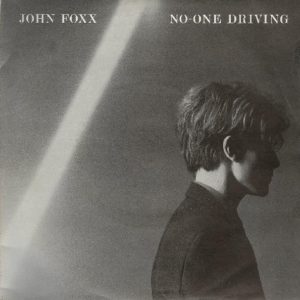 After leaving ULTRAVOX, the full length solo debut ‘Metamatic’ from John Foxx featured a highlight in ‘No-One Driving’. Despite the album also including a song called ‘Blurred Girl’, the single re-recording had much sharper focus and slightly altered lyrics, reaching No32 in the UK charts. Released along with three new tracks ‘Glimmer’, ‘This City’ and ‘Mr No’, ‘No-One Driving’ remains one of the best double single packages ever.
After leaving ULTRAVOX, the full length solo debut ‘Metamatic’ from John Foxx featured a highlight in ‘No-One Driving’. Despite the album also including a song called ‘Blurred Girl’, the single re-recording had much sharper focus and slightly altered lyrics, reaching No32 in the UK charts. Released along with three new tracks ‘Glimmer’, ‘This City’ and ‘Mr No’, ‘No-One Driving’ remains one of the best double single packages ever.
Available on the JOHN FOXX album ’20th Century: The Noise’ via Metamatic Records
THE HUMAN LEAGUE Being Boiled (1980)
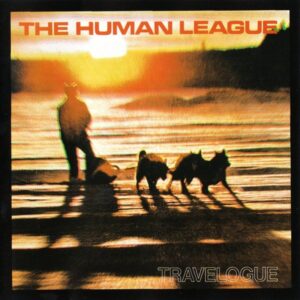 The original Fast Product single version of ‘Being Boiled’ from 1978 was recorded in mono and had its own charm. But THE HUMAN LEAGUE took the opportunity to update their calling card with producer John Leckie for the ‘Travelogue’ album to more fully realise its funky FUNKADELIC inspired overtones. Using a varispeeded synth brass section named THE BOYS OF BUDDHA, the end result was more dynamic and livelier.
The original Fast Product single version of ‘Being Boiled’ from 1978 was recorded in mono and had its own charm. But THE HUMAN LEAGUE took the opportunity to update their calling card with producer John Leckie for the ‘Travelogue’ album to more fully realise its funky FUNKADELIC inspired overtones. Using a varispeeded synth brass section named THE BOYS OF BUDDHA, the end result was more dynamic and livelier.
Available on THE HUMAN LEAGUE album ‘Travelogue’ via Virgin Records
http://www.thehumanleague.co.uk/
JOY DIVISION She’s Lost Control (1980)
 With the 1979 ‘Unknown Pleasures’ version channelling THE STOOGES, the idea behind JOY DIVISION re-recording ‘She’s Lost Control’ was to make a really loud and dynamic 12 inch disco single. The result was a big cacophony of electronic and acoustic drums as well as an aerosol! Meanwhile, synths which had not been present before were now very much heard in the second half while Ian Curtis’ vocal delivery was even more foreboding.
With the 1979 ‘Unknown Pleasures’ version channelling THE STOOGES, the idea behind JOY DIVISION re-recording ‘She’s Lost Control’ was to make a really loud and dynamic 12 inch disco single. The result was a big cacophony of electronic and acoustic drums as well as an aerosol! Meanwhile, synths which had not been present before were now very much heard in the second half while Ian Curtis’ vocal delivery was even more foreboding.
Available on JOY DIVISION album ‘Substance’ via Rhino Records
https://www.joydivisionofficial.com/
OMD Messages (1980)
 On the debut self-titled OMD album, ‘Messages’ was a song that actually featured guitar with potential as a single. Utilising a pulsing repeat function on a Korg Micro-Preset shaped by hand twisting the octave knob, it was decided to re-record ‘Messages’ for its singular release. Produced by Mike Howlett, the new version included the addition of separately recorded drums for a cleaner snap to produce a breakthrough UK chart hit.
On the debut self-titled OMD album, ‘Messages’ was a song that actually featured guitar with potential as a single. Utilising a pulsing repeat function on a Korg Micro-Preset shaped by hand twisting the octave knob, it was decided to re-record ‘Messages’ for its singular release. Produced by Mike Howlett, the new version included the addition of separately recorded drums for a cleaner snap to produce a breakthrough UK chart hit.
Available on the OMD album ‘Souvenir’ via Virgin Records
DEPECHE MODE Photographic (1981)
 The much darker and aggressive first version of ‘Photographic’ for the ‘Some Bizzare Album’ was driven by Mute supremo Daniel Miller’s klanky Korg 55 Rhythm box. Featuring much more sophisticated sequencing and programmed percussion palettes, an understated approach was taken on the re-recorded ‘Speak & Spell’ version with snares sounds only making their presence felt a third of the way through.
The much darker and aggressive first version of ‘Photographic’ for the ‘Some Bizzare Album’ was driven by Mute supremo Daniel Miller’s klanky Korg 55 Rhythm box. Featuring much more sophisticated sequencing and programmed percussion palettes, an understated approach was taken on the re-recorded ‘Speak & Spell’ version with snares sounds only making their presence felt a third of the way through.
Available on the DEPECHE MODE album ‘Speak & Spell’ via Universal Music
SOFT CELL Frustration (1981)
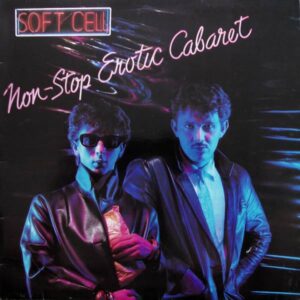 Compared with the original ‘Mutant Moments’ version of ‘Frustration’ which was akin to the unsettling demeanour of THROBBING GRISTLE, the ‘Non-Stop Erotic Cabaret’ take was like a completely different song. The lyrics were mostly written by Dave Ball about his own father while Marc Almond let his theatrical energetics go wild as sparkling Synclavier, a Roland Synthe-Bass and sleazy sax battled for audio supremacy.
Compared with the original ‘Mutant Moments’ version of ‘Frustration’ which was akin to the unsettling demeanour of THROBBING GRISTLE, the ‘Non-Stop Erotic Cabaret’ take was like a completely different song. The lyrics were mostly written by Dave Ball about his own father while Marc Almond let his theatrical energetics go wild as sparkling Synclavier, a Roland Synthe-Bass and sleazy sax battled for audio supremacy.
Available on the SOFT CELL album ‘Non-Stop Erotic Cabaret’ via Sony Music
B-MOVIE Nowhere Girl (1982)
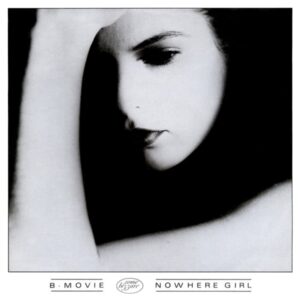 Originally recorded for a 1980 EP on Dead Good Records, ‘Nowhere Girl’ was undoubtedly the most immediate pop tune in the B-MOVIE portfolio. The quartet were under pressure to have a hit with Phonogram label mates SOFT CELL having scored a No1. Produced by Steve Brown, the new recording had tinkling ivories like ULTRAVOX in full flight alongside pulsing bass and harp-like synths. Alas, ‘Nowhere Girl’ stalled at No67!
Originally recorded for a 1980 EP on Dead Good Records, ‘Nowhere Girl’ was undoubtedly the most immediate pop tune in the B-MOVIE portfolio. The quartet were under pressure to have a hit with Phonogram label mates SOFT CELL having scored a No1. Produced by Steve Brown, the new recording had tinkling ivories like ULTRAVOX in full flight alongside pulsing bass and harp-like synths. Alas, ‘Nowhere Girl’ stalled at No67!
Available on the B-MOVIE album ‘Hidden Treasures’ via Wanderlust
DAF Kebabträume (1982)
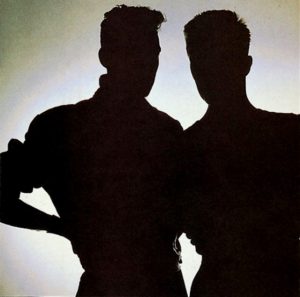 Originally recorded for a 1980 single on Mute Records in a band format featuring guitar and hand-played synths, ‘Kebabträume’ was subsequently reworked by DAF with sequencers under the production supervision of the legendary Conny Plank. Transforming into something much heavier, the memorable if controversial line “Deutschland, Deutschland, alles ist vorbei!” had more bite on this superior version.
Originally recorded for a 1980 single on Mute Records in a band format featuring guitar and hand-played synths, ‘Kebabträume’ was subsequently reworked by DAF with sequencers under the production supervision of the legendary Conny Plank. Transforming into something much heavier, the memorable if controversial line “Deutschland, Deutschland, alles ist vorbei!” had more bite on this superior version.
Available on the DAF album ‘Für Immer’ via Grönland Records
https://www.groenland.com/en/artist/deutsch-amerikanische-freundschaft/
DURAN DURAN My Own Way (1982)
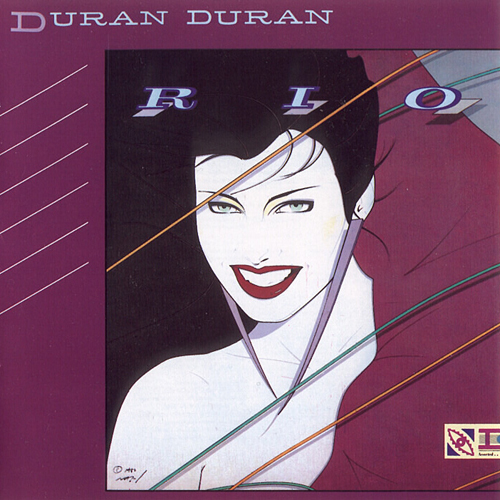 Seeing out 1981 after the success of their self-titled debut album with the release of ‘My Own Way’, the single was characterised by its fast tempo and a disco string section. However, DURAN DURAN would express dissatisfaction at the recording. So for their second album ‘Rio’, the song was re-recorded in a slightly slower electro-funk style with a harder rhythmic edge while Simon Le Bon ad-libbed about “7UP between Sixth and Broadway”
Seeing out 1981 after the success of their self-titled debut album with the release of ‘My Own Way’, the single was characterised by its fast tempo and a disco string section. However, DURAN DURAN would express dissatisfaction at the recording. So for their second album ‘Rio’, the song was re-recorded in a slightly slower electro-funk style with a harder rhythmic edge while Simon Le Bon ad-libbed about “7UP between Sixth and Broadway”
Available on the DURAN DURAN album ‘Rio’ via EMI Music
DEAD OR ALIVE The Stranger (1983)
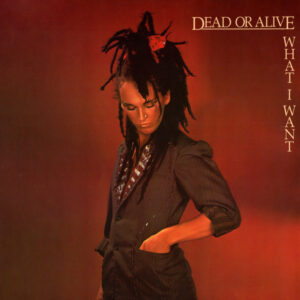 Written when Wayne Hussey, later of THE SISTERS OF MERCY and THE MISSION, was in DEAD OR ALIVE, ‘The Stranger’ first surfaced as a single on Black Eyes Records. The tighter re-recording appeared as a B-side of the ‘What I Want’ single, dialling down the more gothic and acoustic elements while making the electronics and drum machine much more prominent. Despite this, it was a million miles from the HI-NRG sound that Pete Burns would find fame and fortune with.
Written when Wayne Hussey, later of THE SISTERS OF MERCY and THE MISSION, was in DEAD OR ALIVE, ‘The Stranger’ first surfaced as a single on Black Eyes Records. The tighter re-recording appeared as a B-side of the ‘What I Want’ single, dialling down the more gothic and acoustic elements while making the electronics and drum machine much more prominent. Despite this, it was a million miles from the HI-NRG sound that Pete Burns would find fame and fortune with.
Available on DEAD OR ALIVE album ‘Sophisticated Boom Boom’ via Cherry Pop
https://www.discogs.com/artist/46720-Dead-Or-Alive
HEAVEN 17 Let’s All Make A Bomb (1983)
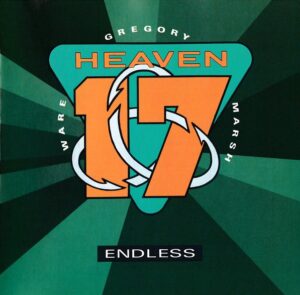 HEAVEN 17 were misinterpreted by Thatcher’s yuppies who thought ‘Let’s All Make A Bomb’ was about making a financial killing, when it actually referred to a different type of killing altogether. The original ‘Penthouse & Pavement’ version was all analogue electronics including its rhythm track. For the B-side of ‘Come Live With Me’, this New Version was more digital with metallic samples for a type of industrial funk.
HEAVEN 17 were misinterpreted by Thatcher’s yuppies who thought ‘Let’s All Make A Bomb’ was about making a financial killing, when it actually referred to a different type of killing altogether. The original ‘Penthouse & Pavement’ version was all analogue electronics including its rhythm track. For the B-side of ‘Come Live With Me’, this New Version was more digital with metallic samples for a type of industrial funk.
Available on the HEAVEN 17 album ‘Endless’ via Virgin Records
TEARS FOR FEARS Pale Shelter (1983)
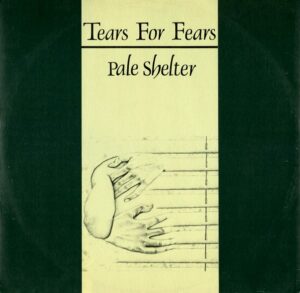 The original 1982 single version of ‘Pale Shelter’ was produced by Mike Howlett and began with an unsettling, reverse spoken vocal from Roland Orzabal. It failed to chart but with TEARS FOR FEARS flush from the success of ‘Mad World’ and ‘Change’, the parent debut album ‘The Hurting’ featured a re-recording produced by Ross Cullum and Chris Hughes with a much looser feel. Re-released as a single, it gave the duo their third UK Top5 hit.
The original 1982 single version of ‘Pale Shelter’ was produced by Mike Howlett and began with an unsettling, reverse spoken vocal from Roland Orzabal. It failed to chart but with TEARS FOR FEARS flush from the success of ‘Mad World’ and ‘Change’, the parent debut album ‘The Hurting’ featured a re-recording produced by Ross Cullum and Chris Hughes with a much looser feel. Re-released as a single, it gave the duo their third UK Top5 hit.
Available on the TEARS FOR FEARS album ‘Rule The World: The Greatest Hits’ via Mercury Records
THE THE Uncertain Smile (1983)
 When ‘Uncertain Smile’ was released as a Mike Thorne produced single in 1982, it featured a wonderfully rigid TR808 pattern, synths and a variety of woodwinds including flute and sax. Come the ‘Soul Mining’ album produced by Paul Hardiman, the song was a newly recorded with live drums and an extended boogie-woogie piano section from Jools Holland at the end. Some love it, some don’t but THE THE main man Matt Johnson is in the former camp.
When ‘Uncertain Smile’ was released as a Mike Thorne produced single in 1982, it featured a wonderfully rigid TR808 pattern, synths and a variety of woodwinds including flute and sax. Come the ‘Soul Mining’ album produced by Paul Hardiman, the song was a newly recorded with live drums and an extended boogie-woogie piano section from Jools Holland at the end. Some love it, some don’t but THE THE main man Matt Johnson is in the former camp.
Available on the THE THE album ’Soul Mining’ via Epic Records
BLANCMANGE The Day Before You Came (1984)
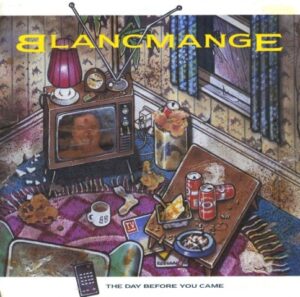 Benny Andersson said that ABBA’s ‘The Day Before You Came’ was “a really good song, but not a good recording” and by coincidence, the first attempt by BLANCMANGE produced by John Luongo for the ‘Mange Tout’ album was underwhelming. But this was put right for single release in a rhythmically tighter re-recording helmed by Peter Collins which also made more of Neil Arthur’s melodramatics and Northern English quirkiness.
Benny Andersson said that ABBA’s ‘The Day Before You Came’ was “a really good song, but not a good recording” and by coincidence, the first attempt by BLANCMANGE produced by John Luongo for the ‘Mange Tout’ album was underwhelming. But this was put right for single release in a rhythmically tighter re-recording helmed by Peter Collins which also made more of Neil Arthur’s melodramatics and Northern English quirkiness.
Available on the BLANCMANGE album ‘Everything Is Connected’ via London Records
DAVID SYLVIAN Forbidden Colours (1984)
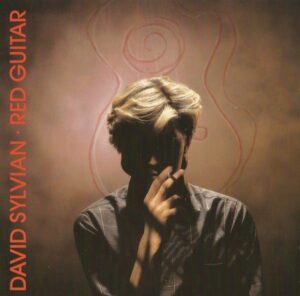 ‘Forbidden Colours’ was the David Sylvian vocalled version of theme to the film ‘Merry Christmas Mr Lawrence’ which was composed by Ryuichi Sakamoto who also starred in it alongside David Bowie. But Sylvian wanted to do his own “not so grand” version for his debut album ‘Brilliant Trees’. Featuring Sakamoto on piano with Sylvian on synths and Steve Jansen on live drums , it was eventually dropped for ‘The Ink In The Well’ but ended up as the B-side to ‘Red Guitar’.
‘Forbidden Colours’ was the David Sylvian vocalled version of theme to the film ‘Merry Christmas Mr Lawrence’ which was composed by Ryuichi Sakamoto who also starred in it alongside David Bowie. But Sylvian wanted to do his own “not so grand” version for his debut album ‘Brilliant Trees’. Featuring Sakamoto on piano with Sylvian on synths and Steve Jansen on live drums , it was eventually dropped for ‘The Ink In The Well’ but ended up as the B-side to ‘Red Guitar’.
Available on the DAVID SYLVIAN album ‘A Victim Of Stars 1982 – 2012’ via Virgin Records
A-HA Take On Me (1985)
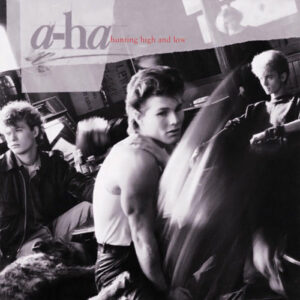 Tony Mansfield of NEW MUSIK did the original production on ‘Take On Me’ in 1984. However, A-HA were unhappy with the Fairlight-assisted results so it was remixed by their manager John Radcliff. The single failed to chart but with Warner music sensing a potential hit, a re-recording was commissioned with Alan Tarney as producer and showing off Morten Harket’s blistering vocal range. The single flopped again but on the third attempt, became the international hit they desired.
Tony Mansfield of NEW MUSIK did the original production on ‘Take On Me’ in 1984. However, A-HA were unhappy with the Fairlight-assisted results so it was remixed by their manager John Radcliff. The single failed to chart but with Warner music sensing a potential hit, a re-recording was commissioned with Alan Tarney as producer and showing off Morten Harket’s blistering vocal range. The single flopped again but on the third attempt, became the international hit they desired.
Available on the A-HA album ‘Hunting High & Low’ via Warner Music
PET SHOP BOYS West End Girls (1985)
 The original version of ‘West End Girls’ had been produced by New Yorker Bobby Orlando and released by Epic Records in 1984 , but while it has been a cult favourite, it was not a mainstream chart success. After signing to EMI, it was re-recorded with a lush cinematic aesthetic produced by Stephen Hague. It was stylistically at odds with pop duos like WHAM! but gave PET SHOP BOYS the first of their 4 UK No1s.
The original version of ‘West End Girls’ had been produced by New Yorker Bobby Orlando and released by Epic Records in 1984 , but while it has been a cult favourite, it was not a mainstream chart success. After signing to EMI, it was re-recorded with a lush cinematic aesthetic produced by Stephen Hague. It was stylistically at odds with pop duos like WHAM! but gave PET SHOP BOYS the first of their 4 UK No1s.
Available on the PET SHOP BOYS album ‘Smash’ via EMI Music
https://www.petshopboys.co.uk/
HOWARD JONES No-One Is To Blame (1986)
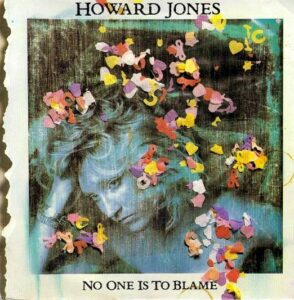 A plaintive song about the wandering eye, ‘No-One Is To Blame’ was one of the best Howard Jones ballads. A highlight in its first guise from his second album ‘Dream Into Action’, with Trans-Atlantic hit potential and Phil Collins riding high in that market, a re-recording was made with the GENESIS drummer producing alongside Hugh Padgham. Mission accomplished, the single became Jones’ biggest US hit.
A plaintive song about the wandering eye, ‘No-One Is To Blame’ was one of the best Howard Jones ballads. A highlight in its first guise from his second album ‘Dream Into Action’, with Trans-Atlantic hit potential and Phil Collins riding high in that market, a re-recording was made with the GENESIS drummer producing alongside Hugh Padgham. Mission accomplished, the single became Jones’ biggest US hit.
Available on the HOWARD JONES album ‘Celebrate It Together’ via Cherry Red Records
NEW ORDER Temptation (1987)
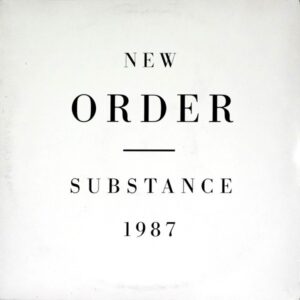 The original ‘Temptation’ was the first Top30 UK single for a rejuvenated NEW ORDER. For their ‘Substance’ compilation , the track was re-recorded in line with how the band were playing it live, with ARPs and Simmons drums now replaced by Yamahas and harder digital snare while the vocal was perhaps more restrained. Thanks to the huge success of ‘Substance’, this is probably now the best known version of ‘Temptation’.
The original ‘Temptation’ was the first Top30 UK single for a rejuvenated NEW ORDER. For their ‘Substance’ compilation , the track was re-recorded in line with how the band were playing it live, with ARPs and Simmons drums now replaced by Yamahas and harder digital snare while the vocal was perhaps more restrained. Thanks to the huge success of ‘Substance’, this is probably now the best known version of ‘Temptation’.
Available on the NEW ORDER album ‘Substance’ via Warner Music
KRAFTWERK Radioactivity (1991)
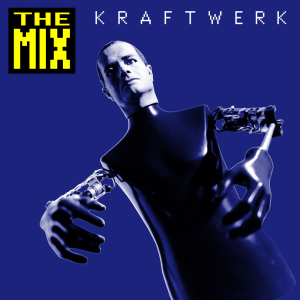 The original stark 1975 recording had ambigious references to radio activity but accepting the criticism they were getting from environmentalists, KRAFTWERK gave a pointed anti-nuclear message on this powerful 1991 re-recording. The most significant makeover was its additional unsettling machine chant of “TSCHERNOBYL – HARRISBURGH – SELLAFIELD – HIROSHIMA” highlighting recent atomic catastrophes.
The original stark 1975 recording had ambigious references to radio activity but accepting the criticism they were getting from environmentalists, KRAFTWERK gave a pointed anti-nuclear message on this powerful 1991 re-recording. The most significant makeover was its additional unsettling machine chant of “TSCHERNOBYL – HARRISBURGH – SELLAFIELD – HIROSHIMA” highlighting recent atomic catastrophes.
Available on the KRAFTWERK album ‘The Mix’ via EMI Music
GARY NUMAN Metal (1998)
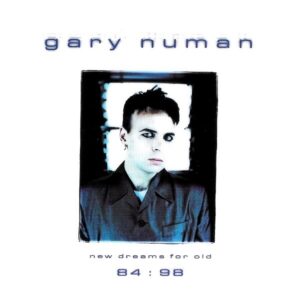 Despite not being a single, ‘Metal’ is a bonafide Gary Numan classic from 1979’s ‘The Pleasure Principle’. But in his stock on the rise again after several lean years and signing to Eagle Records, he revisited it to include as a bonus track for the single release of ‘Dominion Day’ from the ‘Exile’ album. A much more brooding grandiose reinterpretation, things were taken a step further by NINE INCH NAILS cover on ‘Things Falling Apart’ in 2000.
Despite not being a single, ‘Metal’ is a bonafide Gary Numan classic from 1979’s ‘The Pleasure Principle’. But in his stock on the rise again after several lean years and signing to Eagle Records, he revisited it to include as a bonus track for the single release of ‘Dominion Day’ from the ‘Exile’ album. A much more brooding grandiose reinterpretation, things were taken a step further by NINE INCH NAILS cover on ‘Things Falling Apart’ in 2000.
Available on the GARY NUMAN album ‘New Dreams For Old 84 – 98’ via Universal Music
LUSTANS LAKEJER Begärets Dunkla Mål (2007)
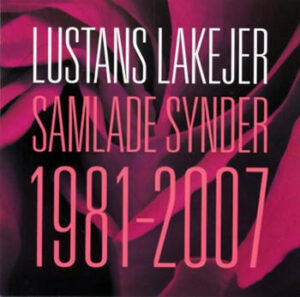 LUSTANS LAKEJER were seen as Sweden’s answer to DURAN DURAN; ‘Begärets Dunkla Mål’ was originally a moody unga moderna disco song which opened their self-titled 1981 debut album. The song was given a full Düsseldorf electronic makeover for their greatest hits collection 26 years later. Produced by Peder Livijn of SYSTEM, with a bounce reminiscent of KRAFTWERK’s ‘Das Model’, it became the catchy synthpop tune it had the potential to be.
LUSTANS LAKEJER were seen as Sweden’s answer to DURAN DURAN; ‘Begärets Dunkla Mål’ was originally a moody unga moderna disco song which opened their self-titled 1981 debut album. The song was given a full Düsseldorf electronic makeover for their greatest hits collection 26 years later. Produced by Peder Livijn of SYSTEM, with a bounce reminiscent of KRAFTWERK’s ‘Das Model’, it became the catchy synthpop tune it had the potential to be.
Available on the LUSTANS LAKEJER album ‘Samlade Synder 1981 – 2007’ via Universal Music
https://www.facebook.com/LustansLakejer/
RHEINGOLD Computer Beat (2010)
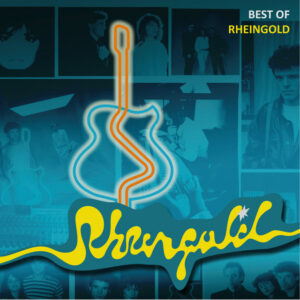 The very KRAFTWERK influenced lead single from the third RHEINGOLD album ‘Distanz’, neither ‘Computer Beat’ or its parent long player have been reissued by CBS in the digital age. Re-recorded for a self-released ‘Best Of’ along with their German hits ‘Fluss’, ‘3Klangsdimensionen’ and ‘FanFanFanatisch’, unlike the majority of the tracks in this list, the aim was to make the rework sound as much like the original as possible.
The very KRAFTWERK influenced lead single from the third RHEINGOLD album ‘Distanz’, neither ‘Computer Beat’ or its parent long player have been reissued by CBS in the digital age. Re-recorded for a self-released ‘Best Of’ along with their German hits ‘Fluss’, ‘3Klangsdimensionen’ and ‘FanFanFanatisch’, unlike the majority of the tracks in this list, the aim was to make the rework sound as much like the original as possible.
Available on the RHEINGOLD album ‘Best Of’ via 3Klang Records
https://www.discogs.com/artist/81398-Rheingold
MOTO BOY Blue Motorbike (2018)
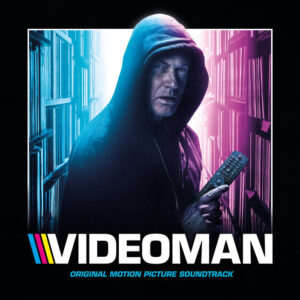 Originally recorded as a guitar-driven indie pop tune in 2008, ‘Blue Motorbike’ was the best known tune by Swedish singer-songwriter Oskar Humlebo under his MOTO BOY alias. 10 years later and reflecting his now-more laid back cinematic aesthetic, he revisited it as a pretty synthpop ballad for the Original Motion Picture Soundtrack of the Swedish thriller ‘Videoman’ which also featured notable synthwave exponents such as Robert Parker and WAVESHAPER.
Originally recorded as a guitar-driven indie pop tune in 2008, ‘Blue Motorbike’ was the best known tune by Swedish singer-songwriter Oskar Humlebo under his MOTO BOY alias. 10 years later and reflecting his now-more laid back cinematic aesthetic, he revisited it as a pretty synthpop ballad for the Original Motion Picture Soundtrack of the Swedish thriller ‘Videoman’ which also featured notable synthwave exponents such as Robert Parker and WAVESHAPER.
Available on the Original Motion Picture Soundtrack album ‘Videoman’ (V/A) via Lakeshore Records
https://www.instagram.com/motoboymusic/
Text by Chi Ming Lai
14th May 2025

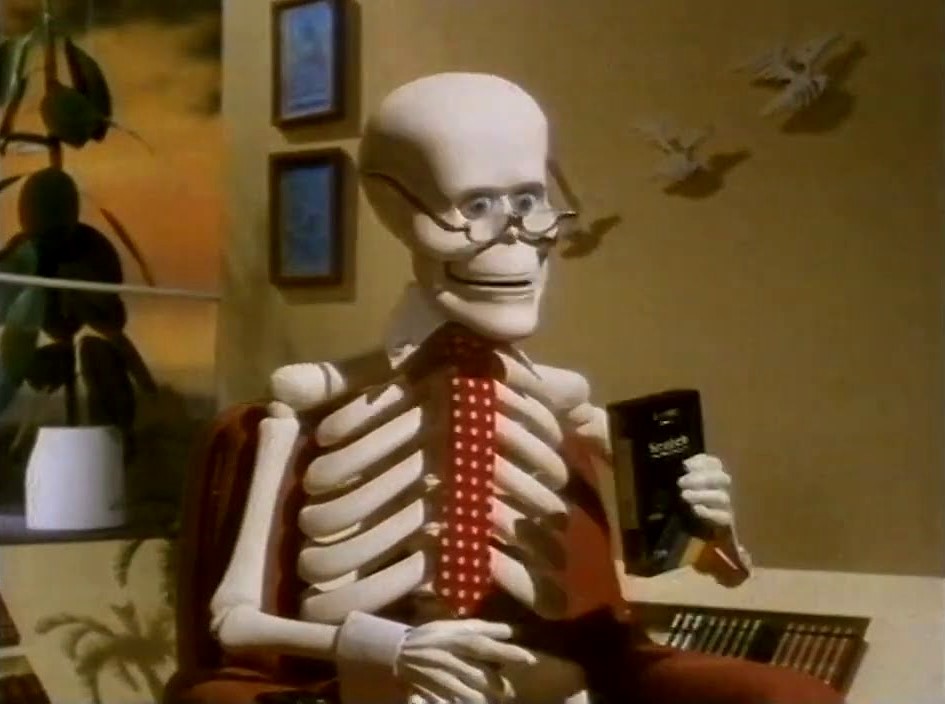
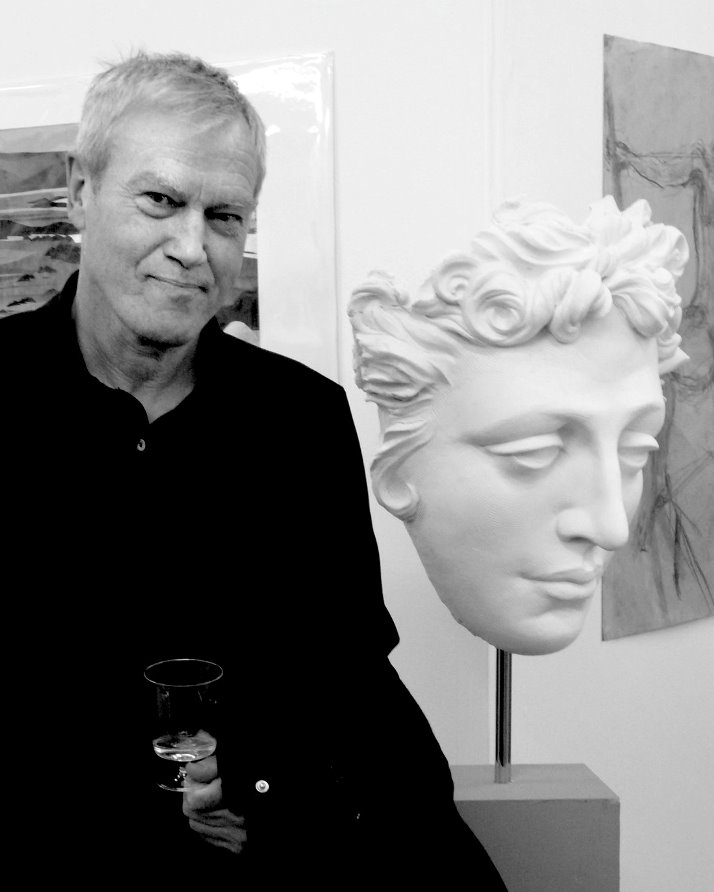
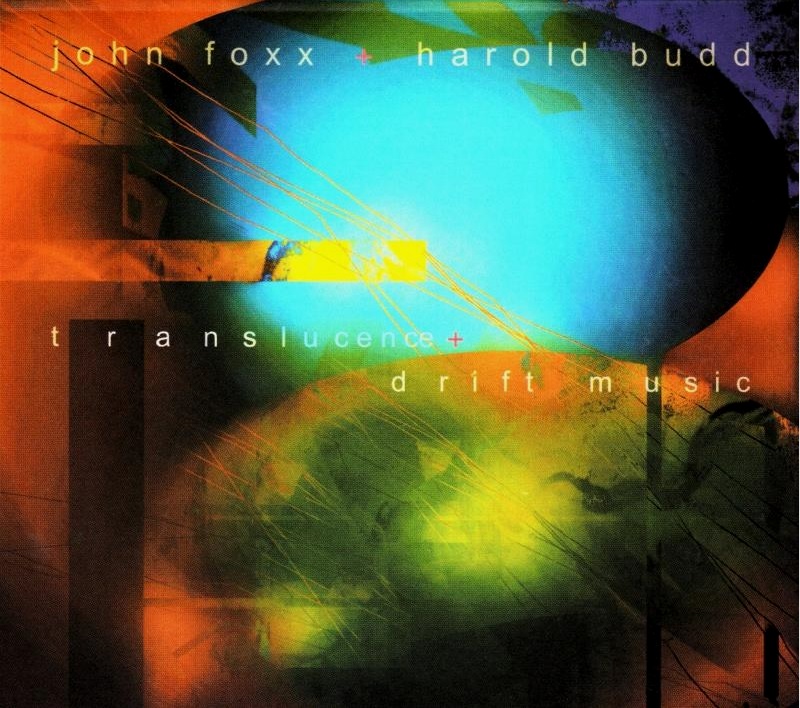
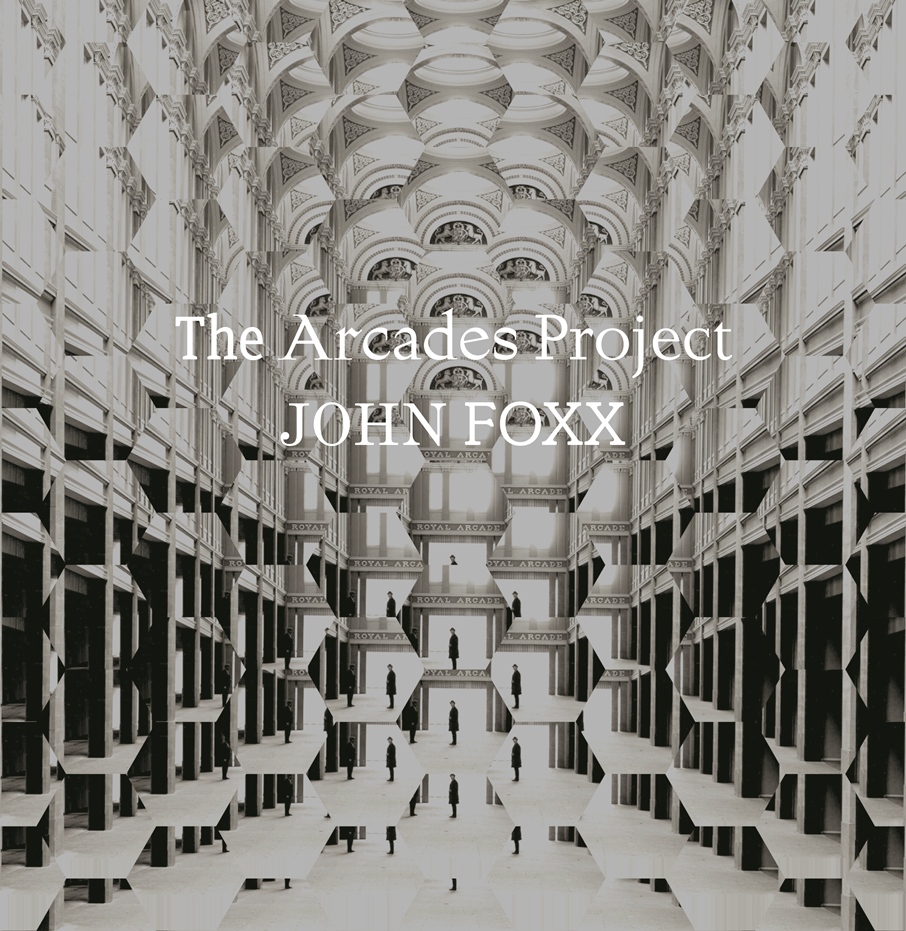
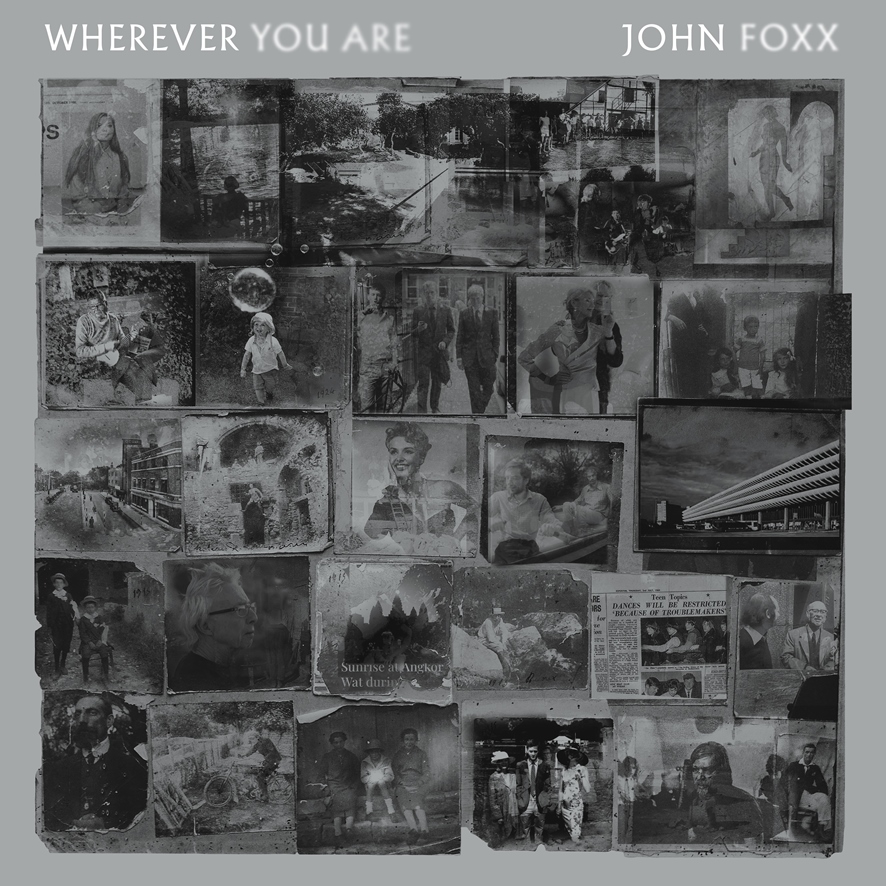

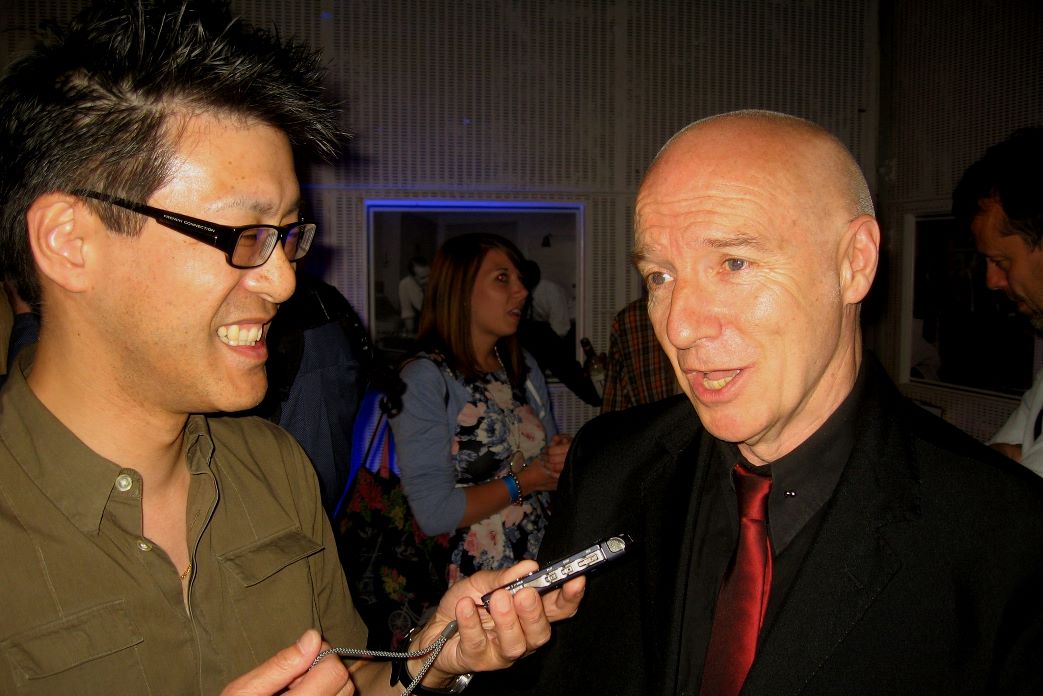
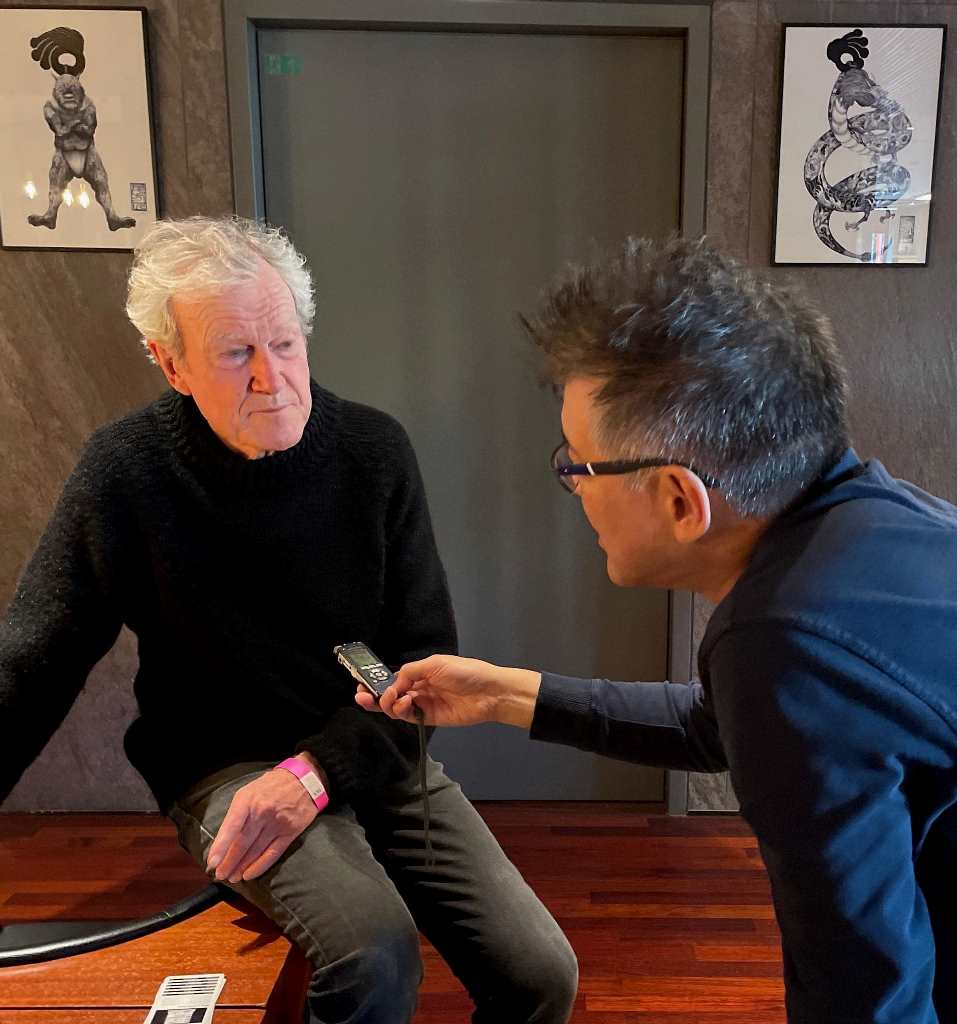
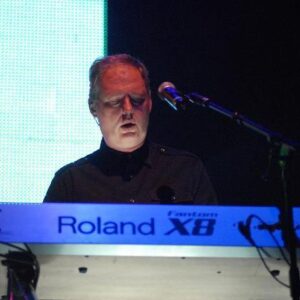


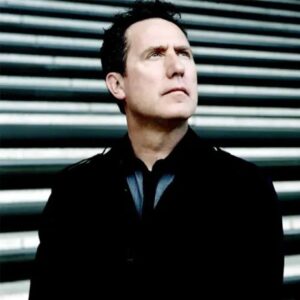
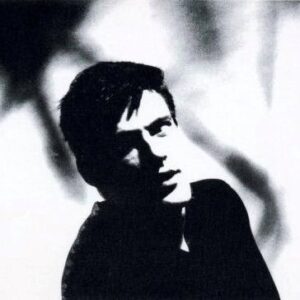
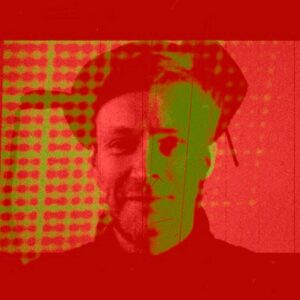
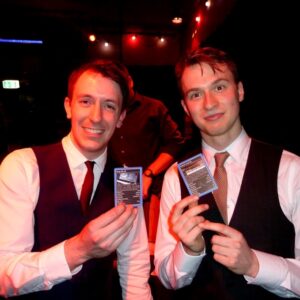
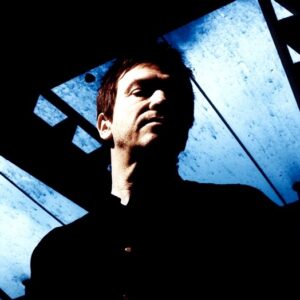
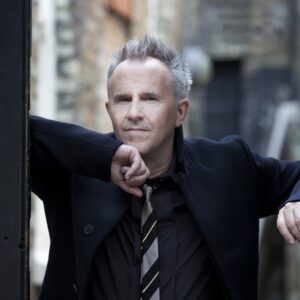
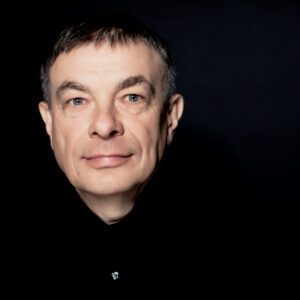

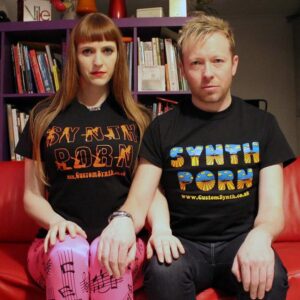
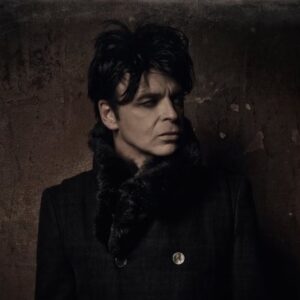
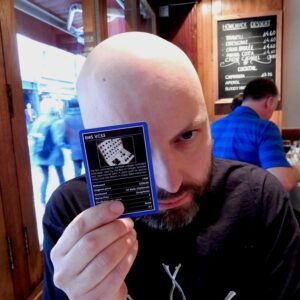

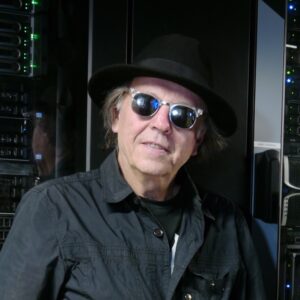

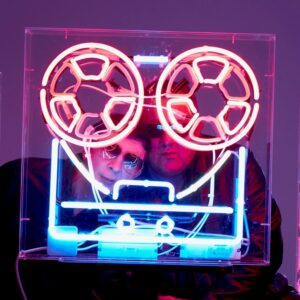
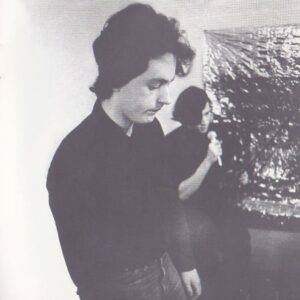
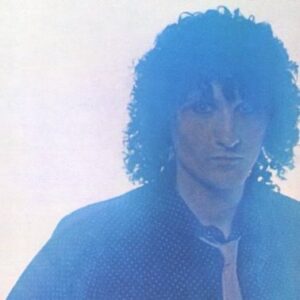
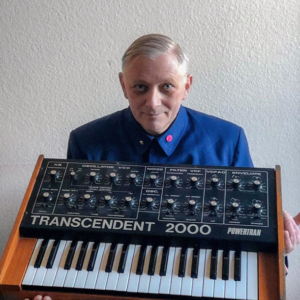
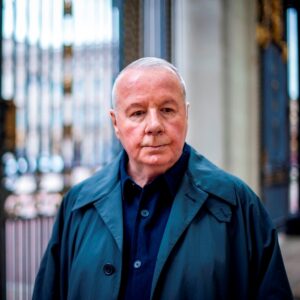
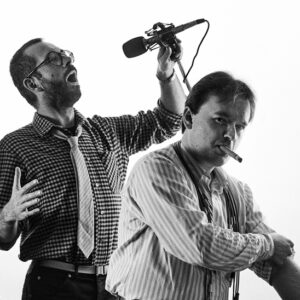
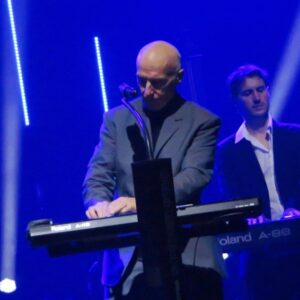
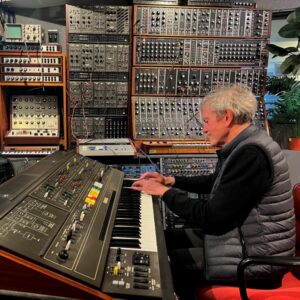

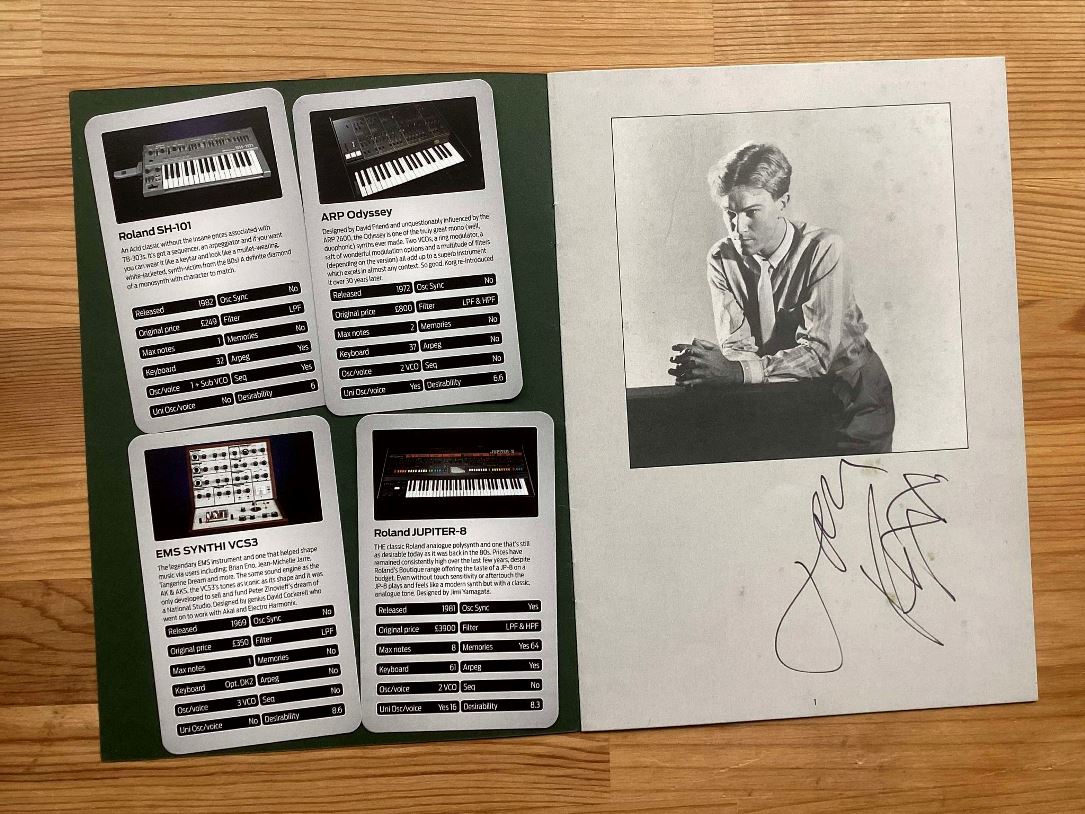
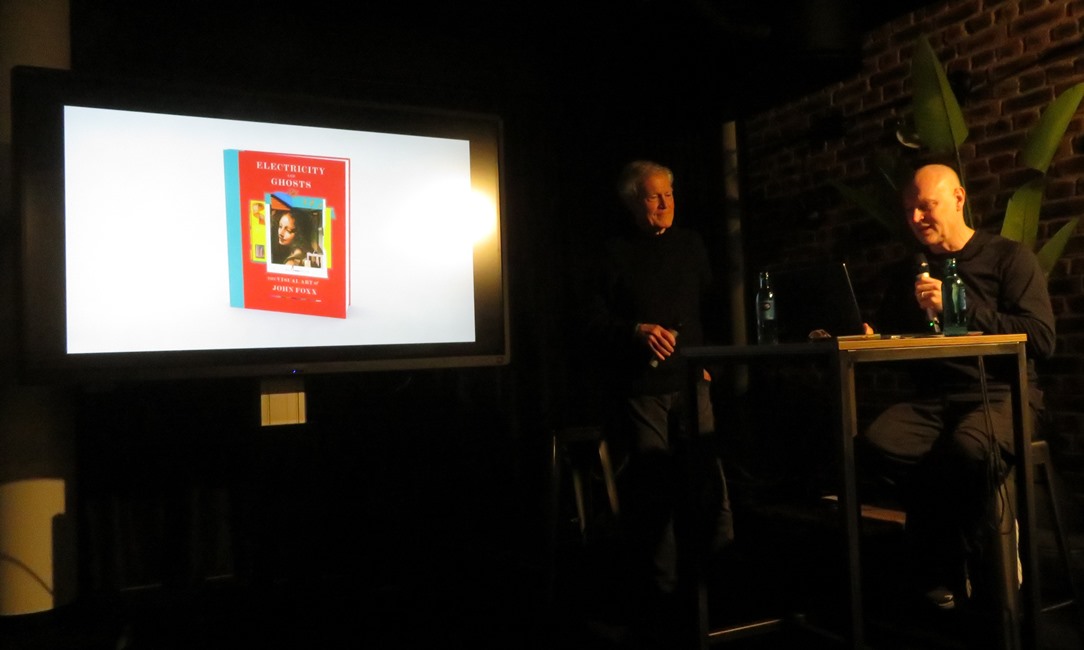
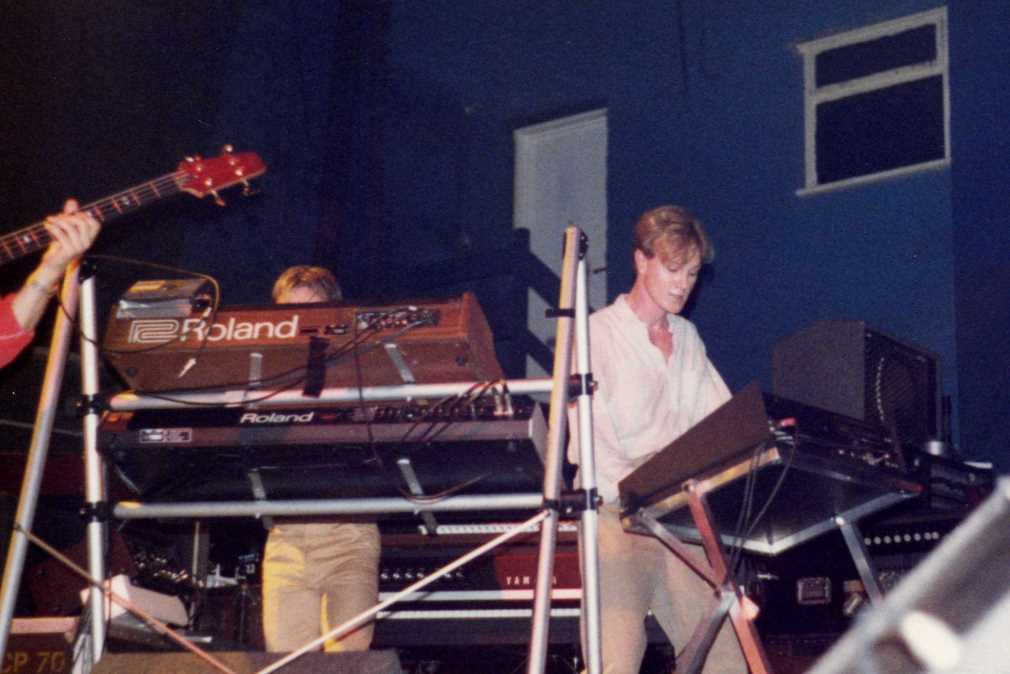
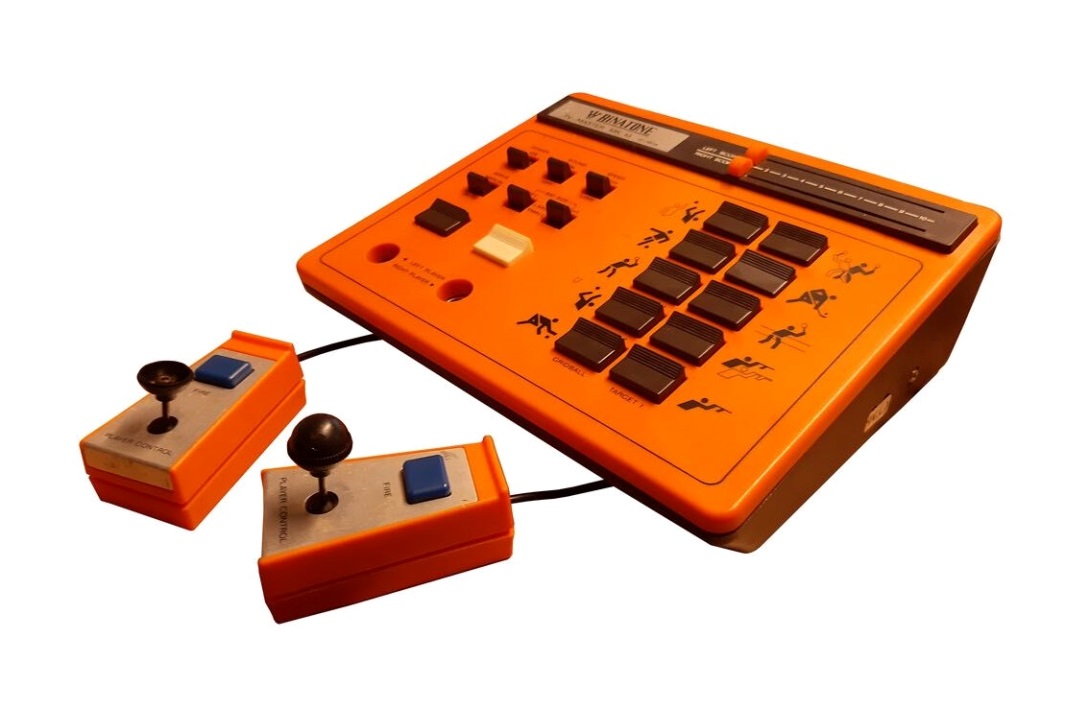
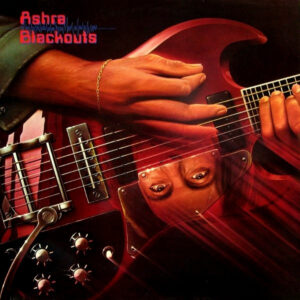
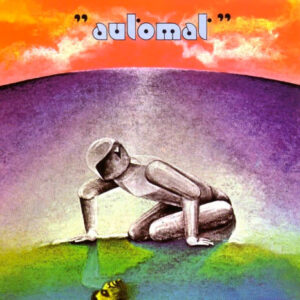
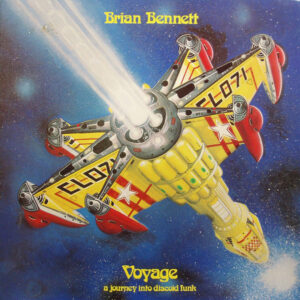
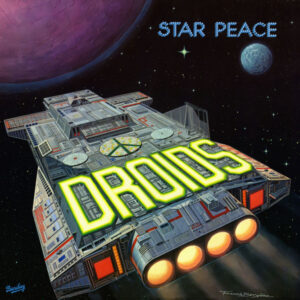
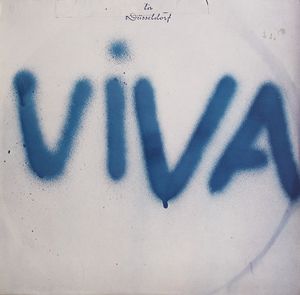
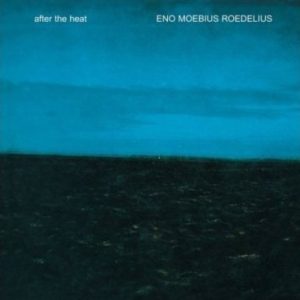
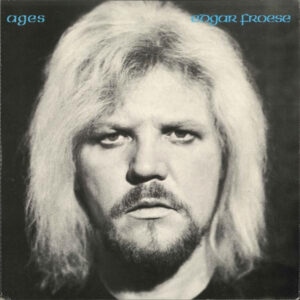
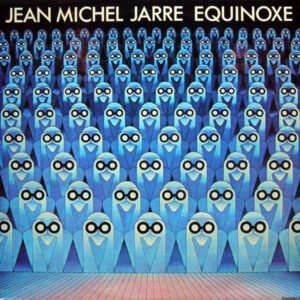
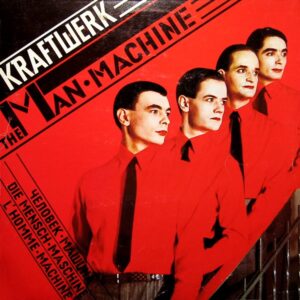
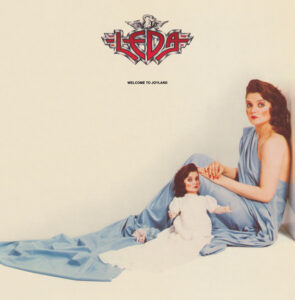
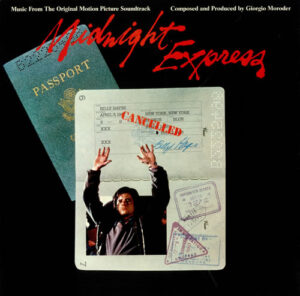
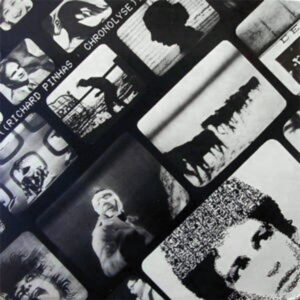
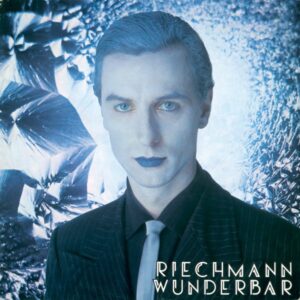

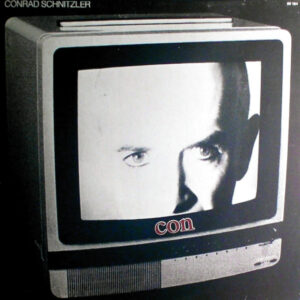
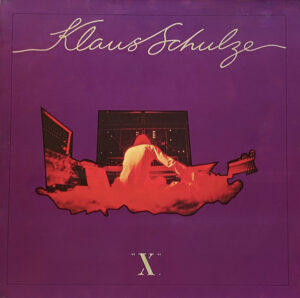
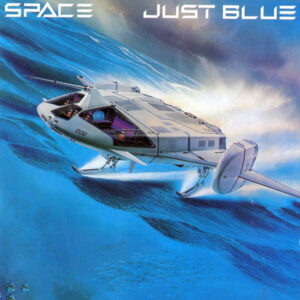
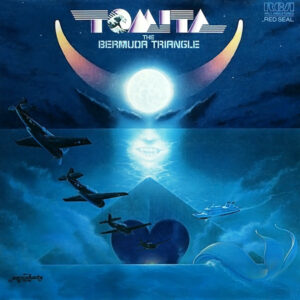
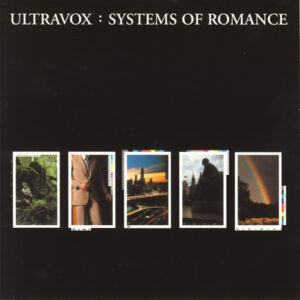
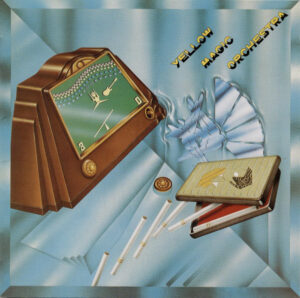
Follow Us!